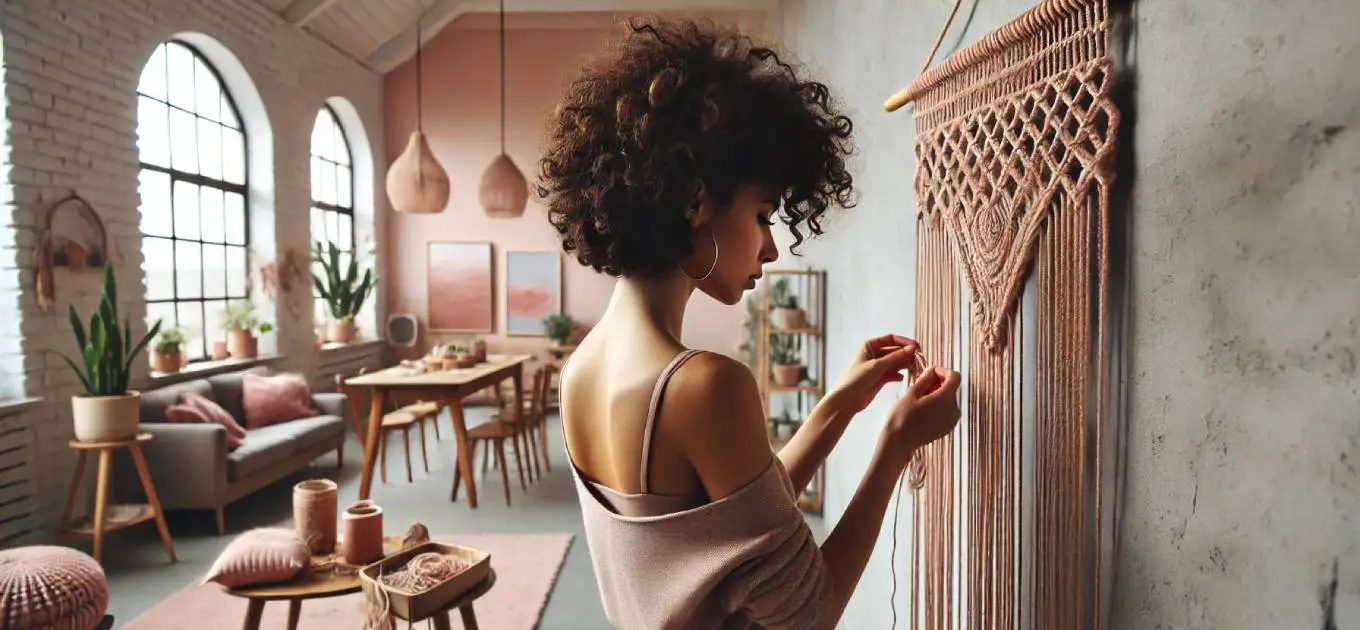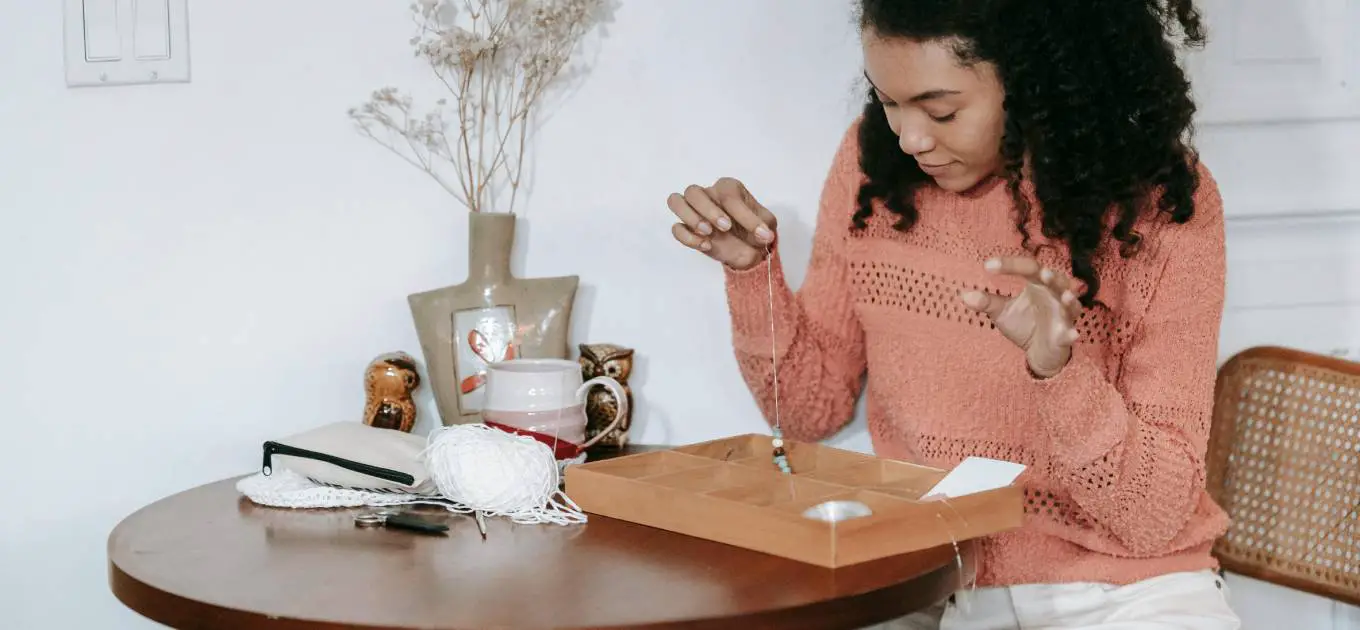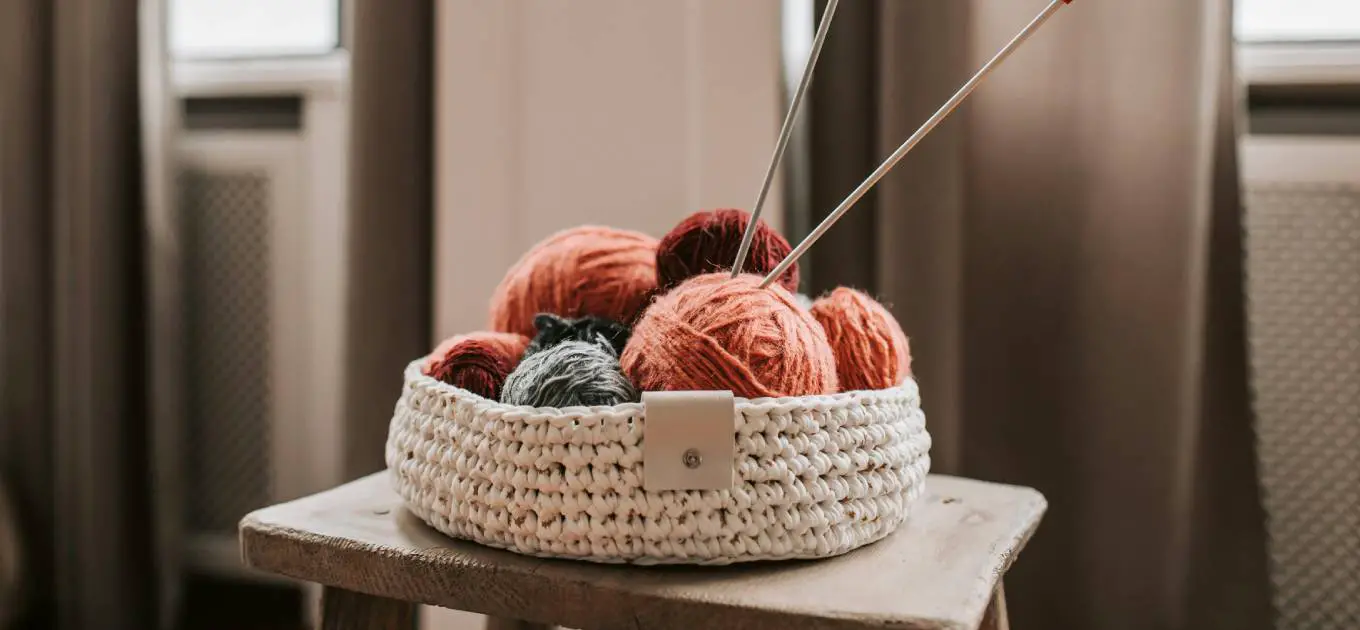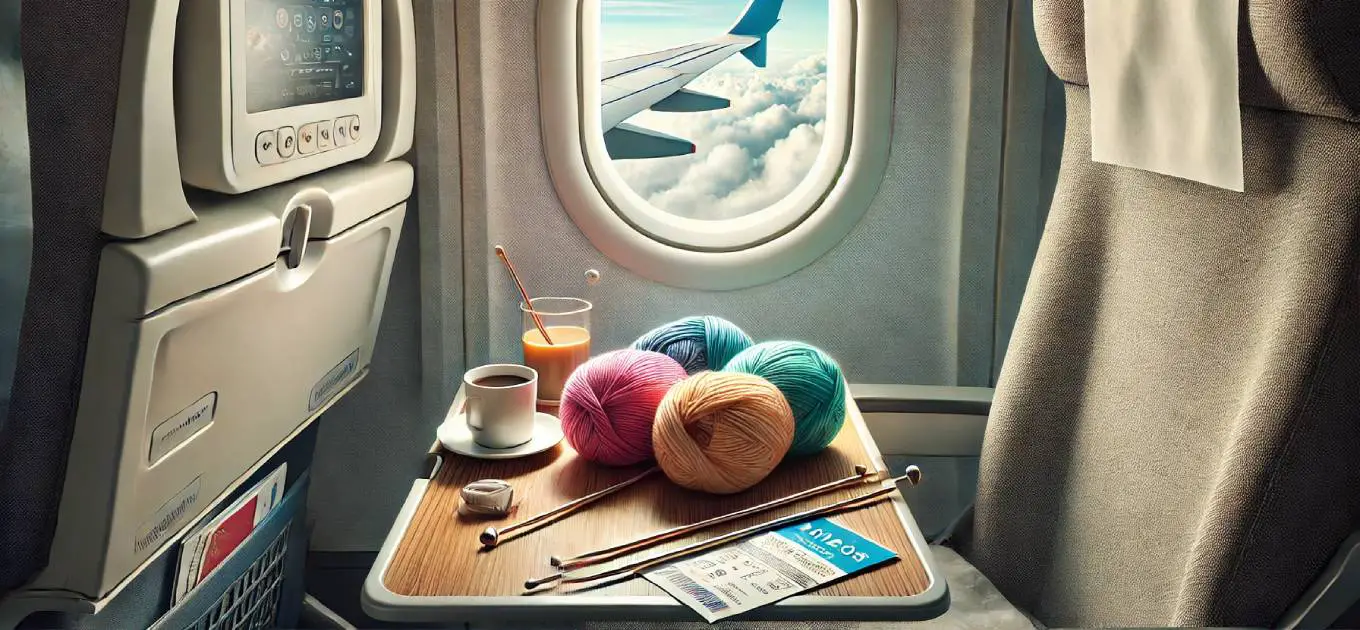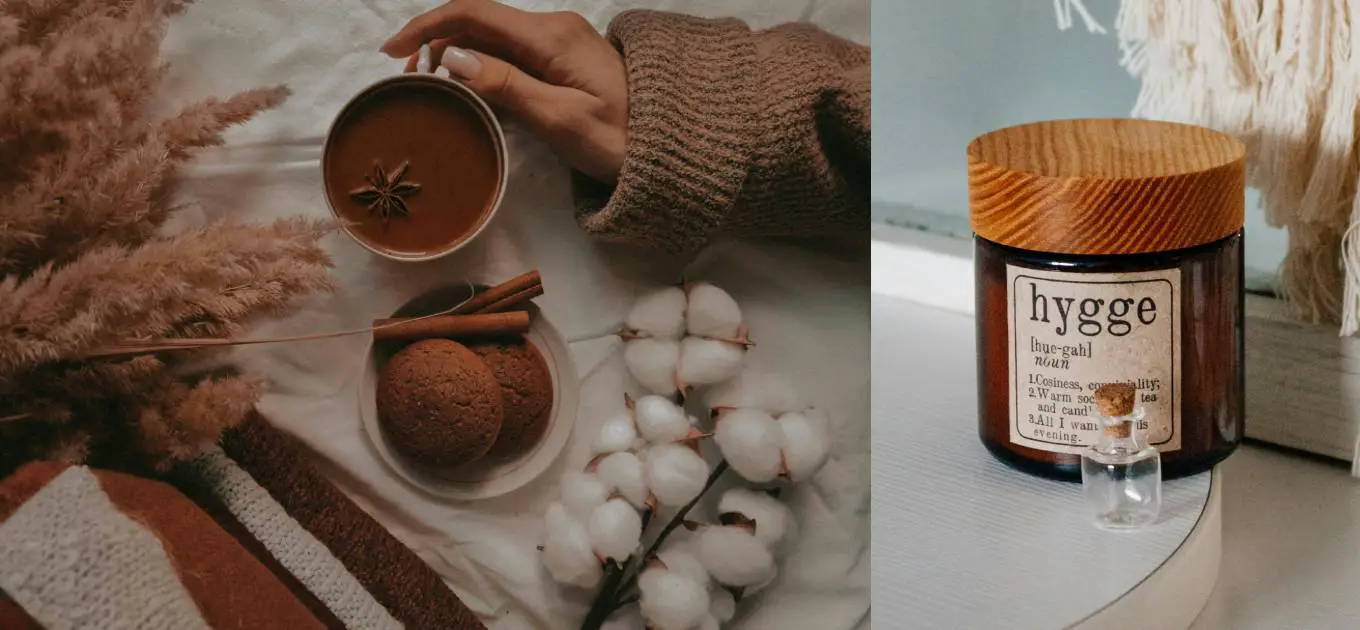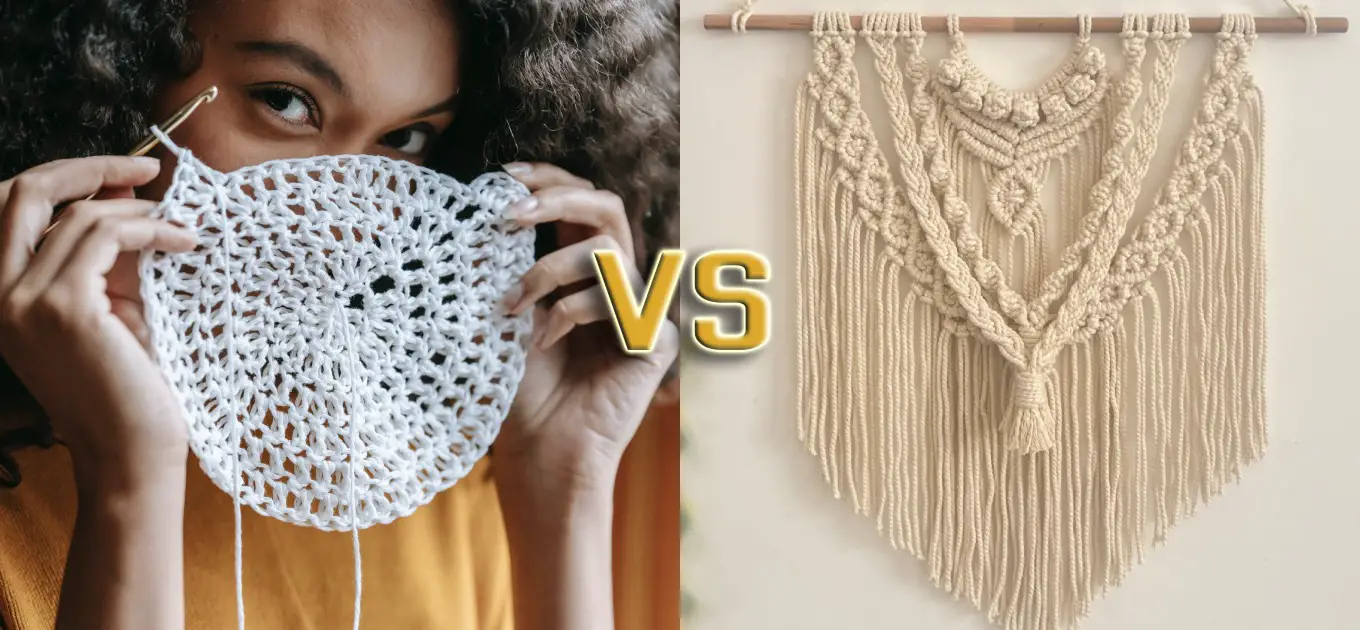
Crochet vs. Macrame: Key Differences and How to Choose
September 6, 2023 by Kate
What is the difference between Macrame and Crochet?
The difference between macrame and crochet lies in their techniques: macrame involves knotting cords by hand without tools, while crochet utilises a hooked needle to interlock yarn loops.
Macrame primarily uses cords and is often employed for decorative items like wall hangings, while crochet uses yarn and can create a wider variety of products, including clothing and toys.
Additionally, macrame employs a simpler set of knots, whereas crochet offers a greater range of stitch patterns and complexities. Both crafts provide creative outlets, and some individuals enjoy learning and practicing both simultaneously.
Apart from this fundamental dissimilarity, there aren’t many other significant distinctions between crochet and macrame, and it’s quite common for individuals to explore both crafts concurrently!
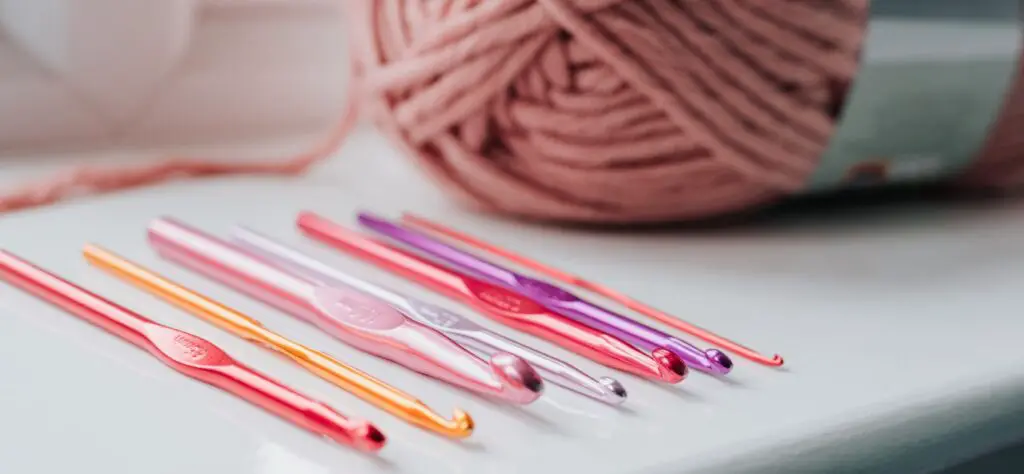
Macrame vs Crochet: A CLOSER LOOK AT THE DIFFERENCES
Technique
Macrame: Macrame is a knotting technique where various decorative patterns and designs are created by tying knots with cords, strings, or ropes. It is done entirely by hand without the use of any tools like needles or hooks.
Crochet: Crochet, on the other hand, is a method of creating fabric by interlocking loops of yarn with a hooked needle or crochet hook. It involves pulling loops through other loops to create intricate patterns and designs.
Tools
Macrame: Macrame does not require any special tools; it relies solely on manual knot-tying techniques.
Crochet: Crochet necessitates the use of a crochet hook or needle, typically made of metal, plastic, or wood, to create the fabric.
Materials
Macrame: Macrame traditionally uses cords, ropes, or strings made from various materials such as cotton, jute, or hemp.
Crochet: Crochet uses yarn or thread, which can vary in thickness and composition, including materials like cotton, wool, acrylic, and more.
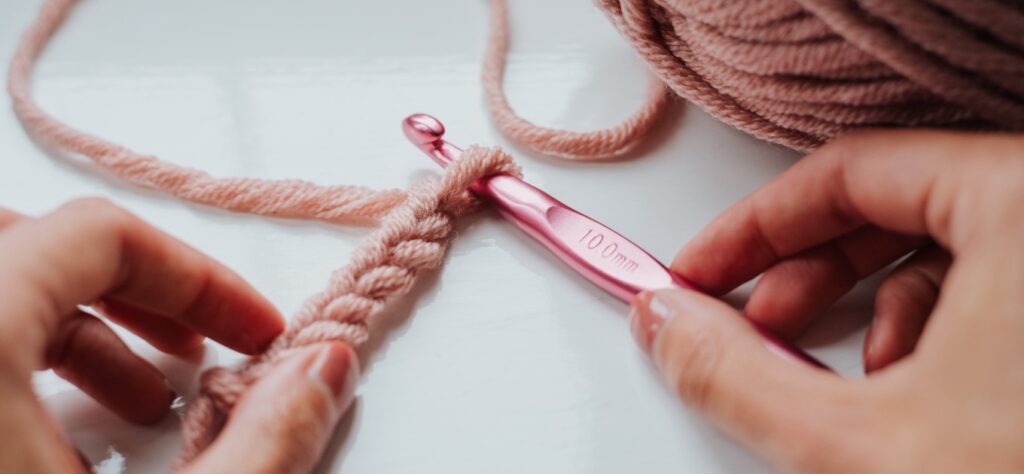
End Products
Macrame: Macrame is often used to create decorative items like wall hangings, plant hangers, and jewellery, as well as functional items like bags and hammocks.
Crochet: Crochet is commonly used to make a wide range of items, including clothing, blankets, scarves, hats, stuffed toys) and more.
Technique Complexity
Macrame: Macrame generally involves a limited set of knotting techniques and is known for its simplicity in terms of the number of different knots used.
Crochet: Crochet offers a vast array of stitch patterns and techniques, allowing for intricate and detailed designs. It can be more complex and versatile in terms of creating different textures and shapes.
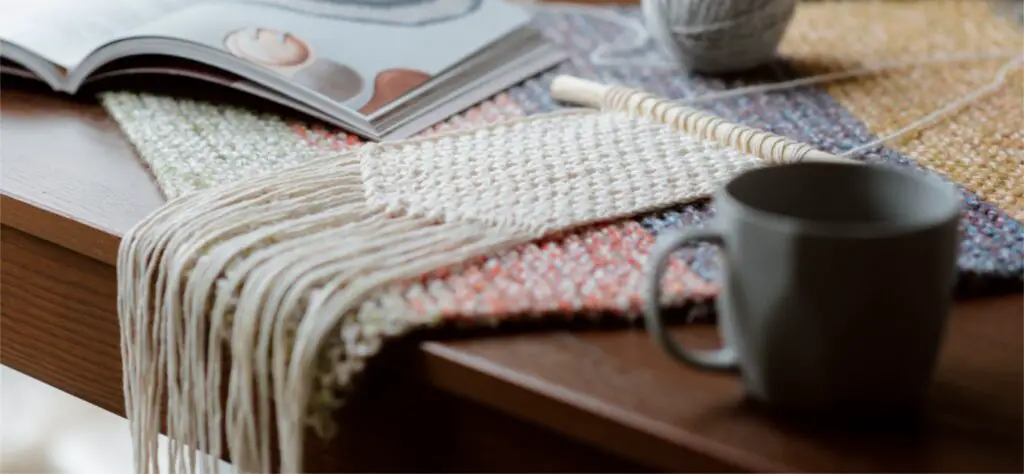
HISTORY & ORIGINS
Macrame, with roots dating back to the 13th century and possibly even earlier in Assyrian and Babylonian civilisations, emerged as an intricate art form. Arab weavers of that era were the pioneers, using knots to secure excess threads and yarn along the edges of hand-loomed textiles, creating decorative fringes on various items like bath towels, shawls, and veils. This early practice laid the foundation for the captivating craft of macrame as we know it today.
On the other hand, the history of crochet is a multifaceted tale spanning centuries and cultures. What we know as crochet today can be traced to the 15th – 17th centuries, with France, South Africa, England, Italy, Arabia, and China all claiming crochet origins.
However, its true birthplace remains uncertain, with some speculating an Arabian origin and others proposing South American indigenous influences.
While knitted textiles date back to the 11th century CE, concrete evidence of crocheted fabric emerged in 19th-century Europe. Earlier work thought to be crochet was often a different technique known as nålebinding.
The first documented crochet instructions were published in a Dutch magazine, Penélopé, in 1823, featuring various purse styles, including one entirely in double-crochet.
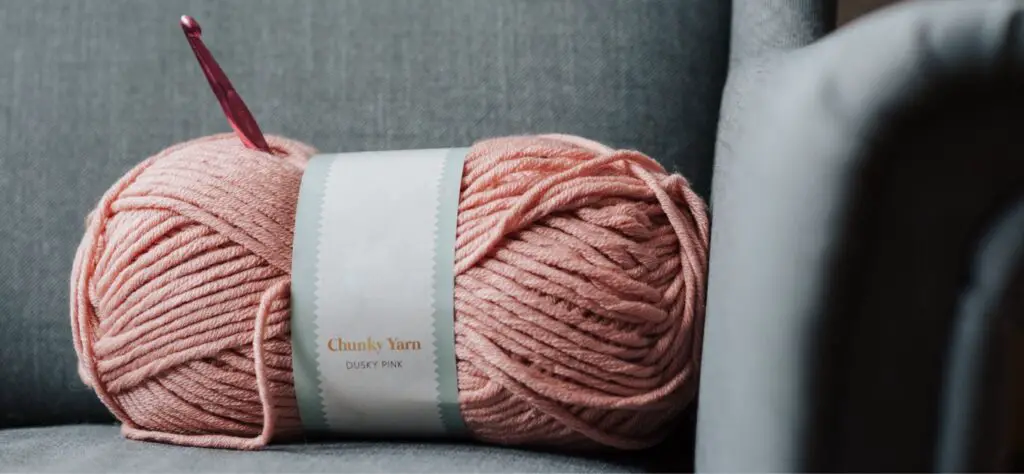
POPULAR PROJECTS
While I briefly discussed this topic earlier in the blog, if you have a keen interest in either of these crafts, here’s a more detailed look at some inspiring projects that might pique your creativity.
Popular Macrame Projects
1. Wall Hangings: Macrame wall hangings are one of the most iconic and widely recognised macrame projects. These decorative pieces often feature intricate knotting techniques and can vary in size, shape, and design, allowing for endless creativity.
2. Plant Hangers: Macrame plant hangers have made a comeback in recent years as a stylish way to display indoor plants. They come in various designs, from simple single-cord hangers to complex, multi-tiered creations.
3. Macrame Bags: Macrame bags, such as market totes and beach bags, are not only functional but also fashionable. They showcase the versatility of macrame, combining form and function.
4. Macrame Jewellery: Creating macrame jewellery like bracelets, necklaces, and earrings allows for intricate micro-macrame techniques. These pieces are often delicate and beautifully detailed.
5. Macrame Hammocks: For those with a flair for larger projects, macrame hammocks offer a unique and relaxing outdoor seating option. These require advanced knotting skills but result in stunning, comfortable pieces.
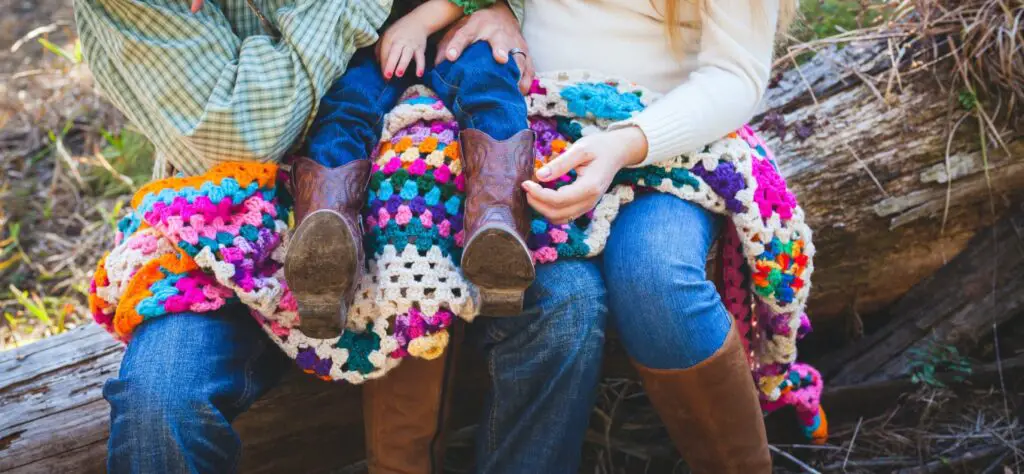
Popular Crochet Projects
1. Blankets and Afghans: Crocheted blankets and afghans are classic projects, with countless patterns to choose from. They can range from simple, single-stitch designs to complex, multi-colour creations.
2. Amigurumi: Amigurumi refers to the art of crocheting small, stuffed creatures or toys. These cute and cuddly creations are popular among both children and adults.
3. Scarves and Shawls: Crocheted scarves and shawls offer a wide range of design possibilities, from lacy and delicate to warm and chunky. They are excellent projects for beginners and experienced crocheters alike.
4. Hats: Crocheted hats come in various styles, from beanies and berets to slouchy hats and sun hats. They are quick to make and great for personalising your wardrobe.
5. Sweaters and Garments: Crocheted clothing items like sweaters, cardigans, and tops have gained popularity in recent years. Modern crochet patterns offer a stylish alternative to store-bought attire.
6. Granny Squares: Granny squares are a classic crochet motif used in a variety of projects, including blankets, cushions, and even clothing. They are a versatile and enjoyable way to explore different colour combinations and stitch patterns.
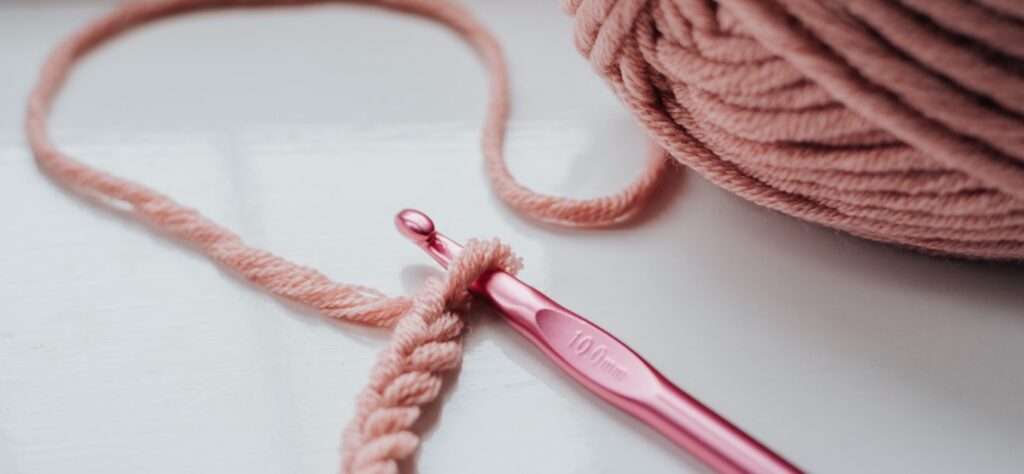
FINAL THOUGHTS
So, whether it’s macrame or crochet (or both), you’ll hopefully find these crafts to be rewarding and fulfilling artistic pursuits, shedding light on the common question, what’s the difference between macrame and crochet? Each has its unique charm and offers a world of creative possibilities.
Whether you’re drawn to the soothing rhythm of macrame knots or the intricate stitch patterns of crochet, there’s something immensely satisfying about crafting something beautiful with your own hands.
As you delve into these crafts with enthusiasm, exploring their nuances and letting your imagination run wild, you’ll realise that the journey of creating is just as valuable as the final product. Along the way, you might even discover a lifelong passion.
FAQs
Can Macrame be used for crochet?
Macrame can be used for crochet. It adds unique texture and durability to crocheted items, such as rugs, bags, and home decor. Macrame cord’s stiffness enhances the visual appeal and structure of your creations, offering a creative blend of macrame and crochet for distinctive handmade pieces.
Do you need special yarn for Macrame?
Special cord or yarn is essential for macrame, as it provides the necessary texture and durability to securely hold knots and create visually appealing, long-lasting projects. Common materials like cotton, jute, or nylon are suitable choices, each offering unique textures and finishes to match your desired aesthetic.
What’s the difference between Macrame yarn and regular yarn?
The main difference between macrame yarn and regular yarn lies in their thickness and texture. Macrame yarn is thicker and sturdier, designed for secure knotting in macrame projects, while regular yarn is finer and more pliable, making it suitable for softer crafts like knitting and crocheting.

